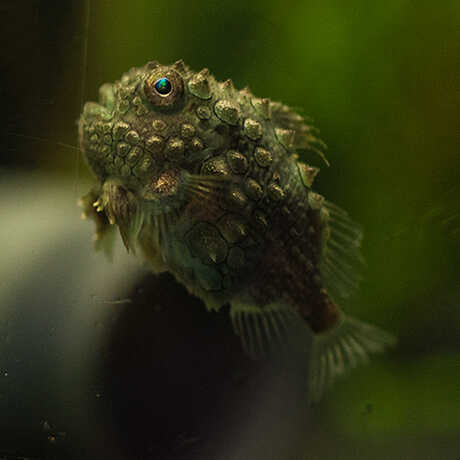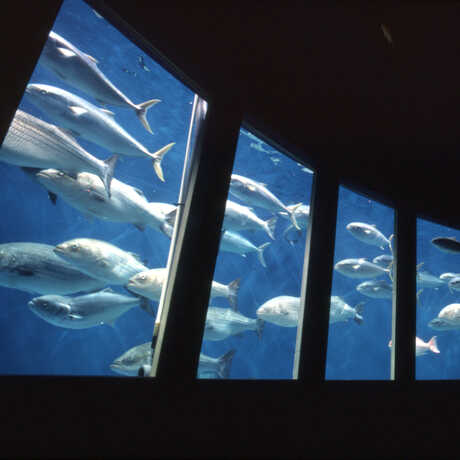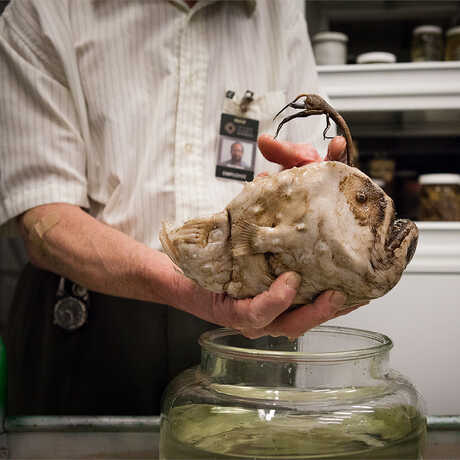Averaging about an inch in length, Pacific spiny lumpsuckers have tiny fins and (unlike most fish) no swim bladder of any kind, yet the species' small size and inefficient swimming hasn’t kept some lumpsuckers from venturing to depths as great as 480 feet.
Part of the secret to lumpsucker success is their low body density, which results from a bony skeleton and deposits of buoyant, subcutaneous jelly. Both males and females have these deposits, but they’re significantly larger in females—a trait scientists think helps offset the 200 or more eggs they lug around during spawning season.




